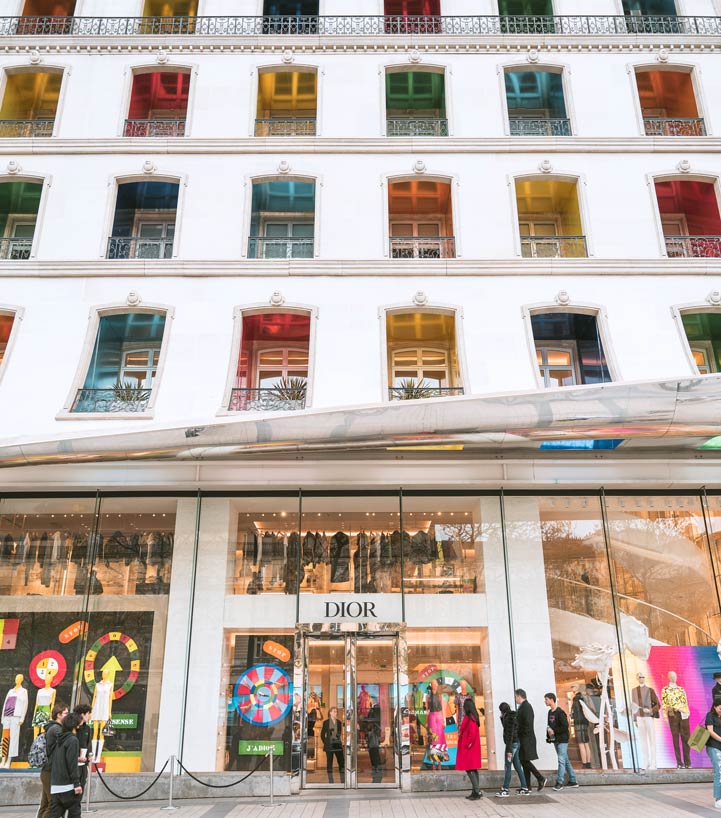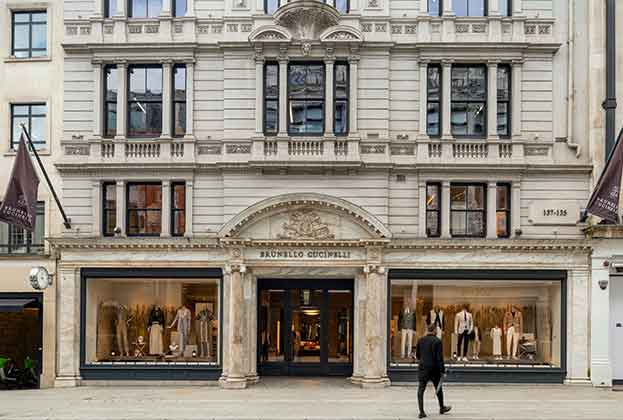China still dominated new store openings in 2022, as it did the year before, but we saw renewed activity in Europe, with new openings in the Middle East also picking up pace
Globally, we saw an 11% increase in new store openings in 2022 on the previous year. However, there was not a huge change in the regional geography of this store expansion. China continued to dominate, accounting for 41% of all new store openings, driven by brands’ continued focus on that market, particularly over the first half of the year, as Chinese luxury spend remained largely confined to its domestic market. But, in quantum terms, we did see a decline in new openings. This was not wholly unexpected considering the acceleration in openings the year before and the weakening in occupier confidence in the face of the rolling lockdowns seen in some parts of China throughout 2022.
The primary beneficiaries of this marginal softening in China were the wider Asia region and Europe. Europe saw a 77% increase in new store openings year on year, with its global share of new openings climbing to 23%, ranking it second to China and ahead of North America. A relatively fast recovery in luxury spend in the region, helped, in part, by the return of international visitors, no doubt moved Europe back up the agenda for expanding luxury brands. Likewise, a rebasing in rents on a number of key luxury streets in the region combined with improved availability in some cases also bolstered leasing activity. For example, London’s Bond Street saw indicative prime headline rents soften by 27% between December 2019 and December 2021, and while rental growth has returned, as of Q1 2023, rents are still 17% below their pre-Covid peak (see Where are opportunities manifesting & who’s capitalising?).

In the wider Asia region, its global share of new store openings increased to 12%, driven by some of the same factors that helped to drive activity in Europe. A focus on relatively underserved markets with a growing HNW (high-net-worth) population, such as Vietnam, also boosted luxury brand activity in the region.
Another growth region in 2022 was the Middle East, continuing the trend we saw in 2021 as luxury brands refocused on relatively underserved affluent markets in the face of reduced international travel. As a result, the region saw its market share of global new openings double to 6%. Dubai remained a primary focus for these new openings in the region, but Saudi Arabia also become a key market for new luxury store openings.
Read the other articles within 'Global Luxury Retail 2023 Outlook' below
.jpg)

